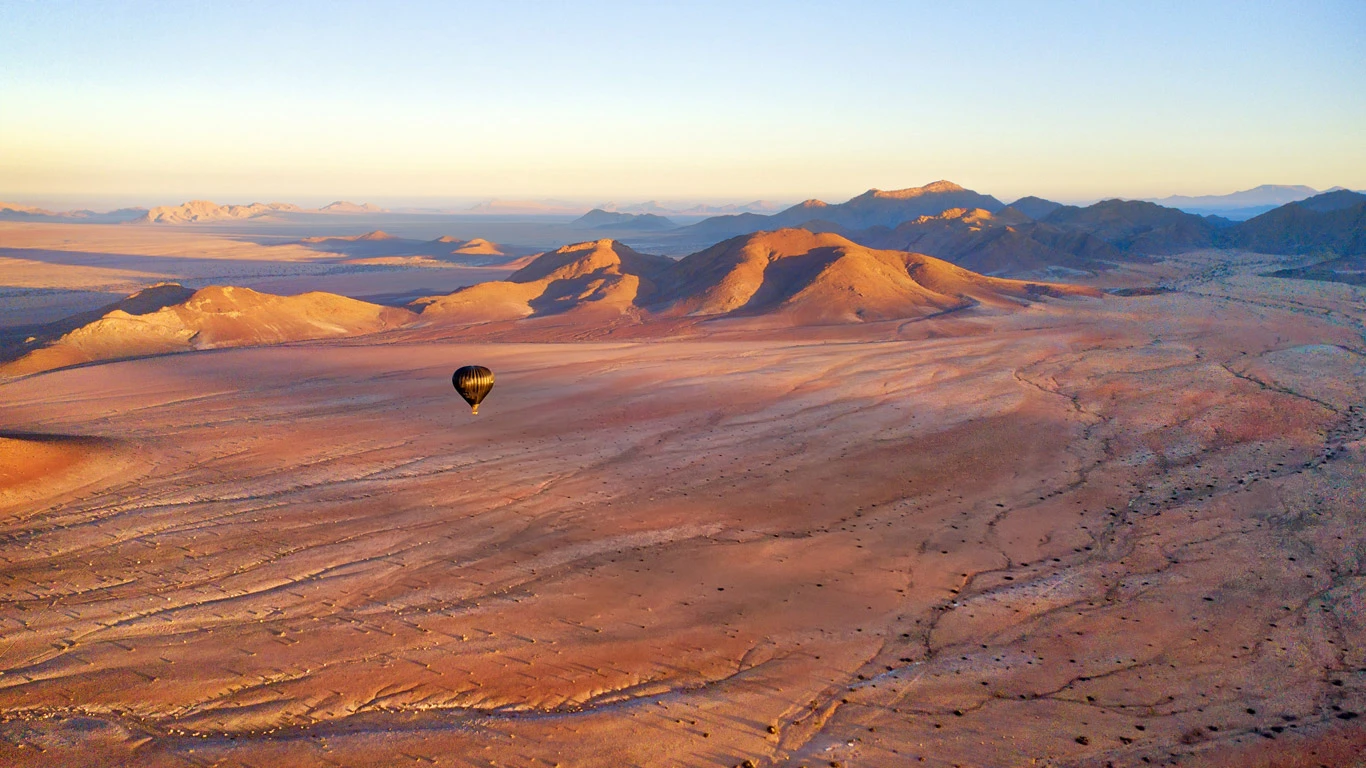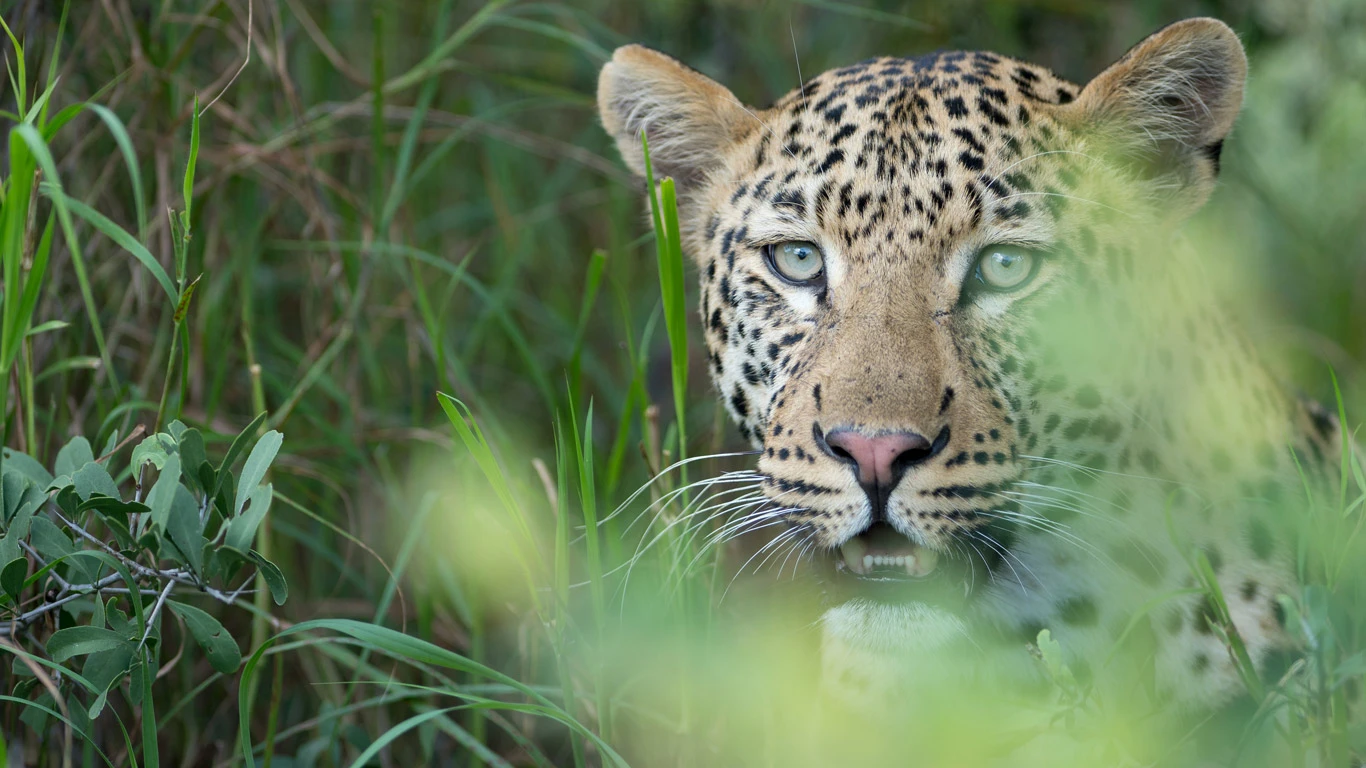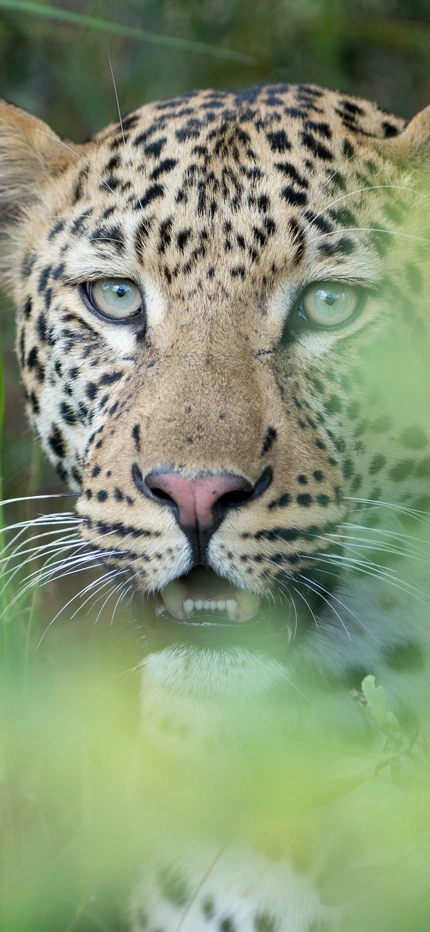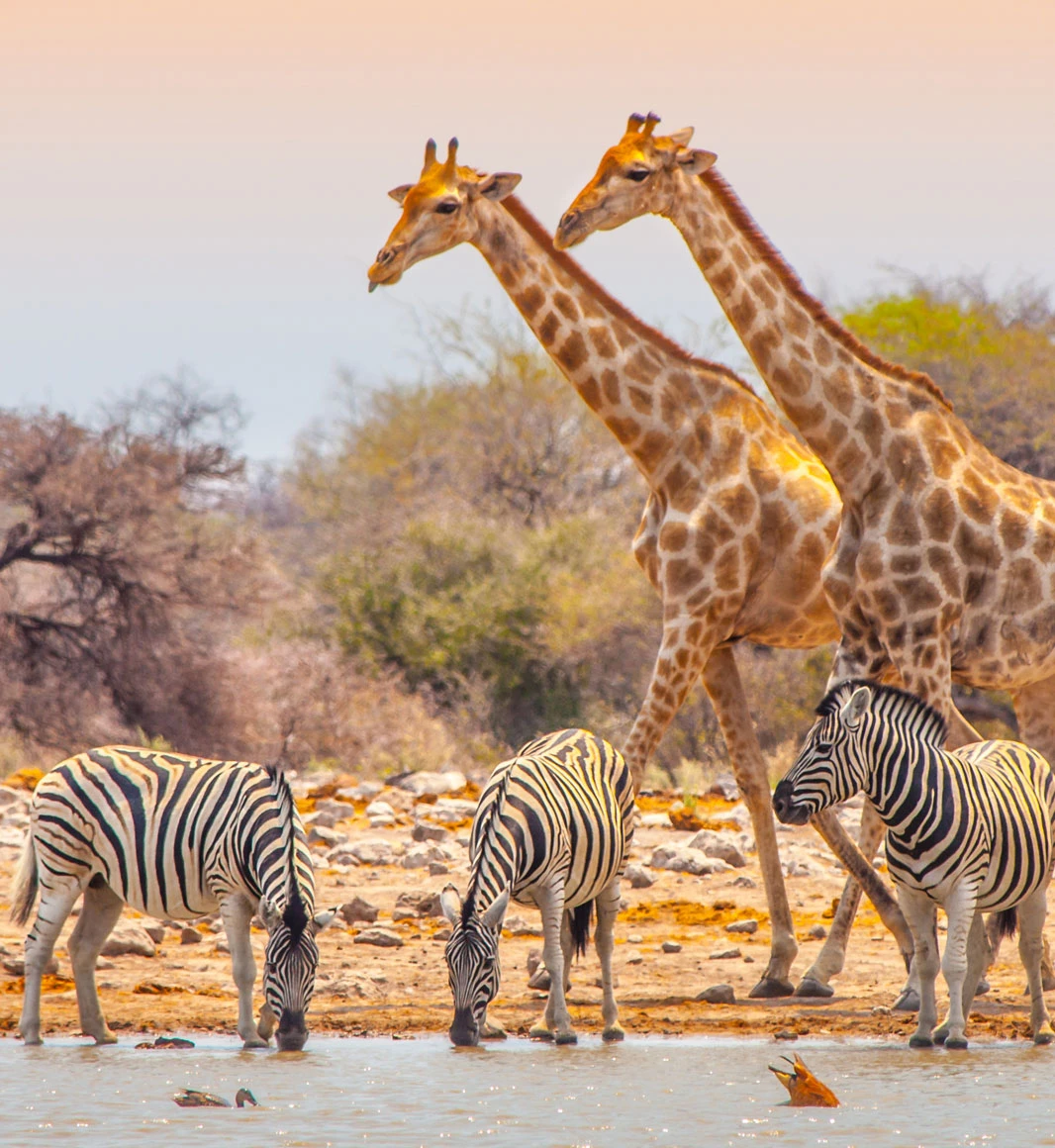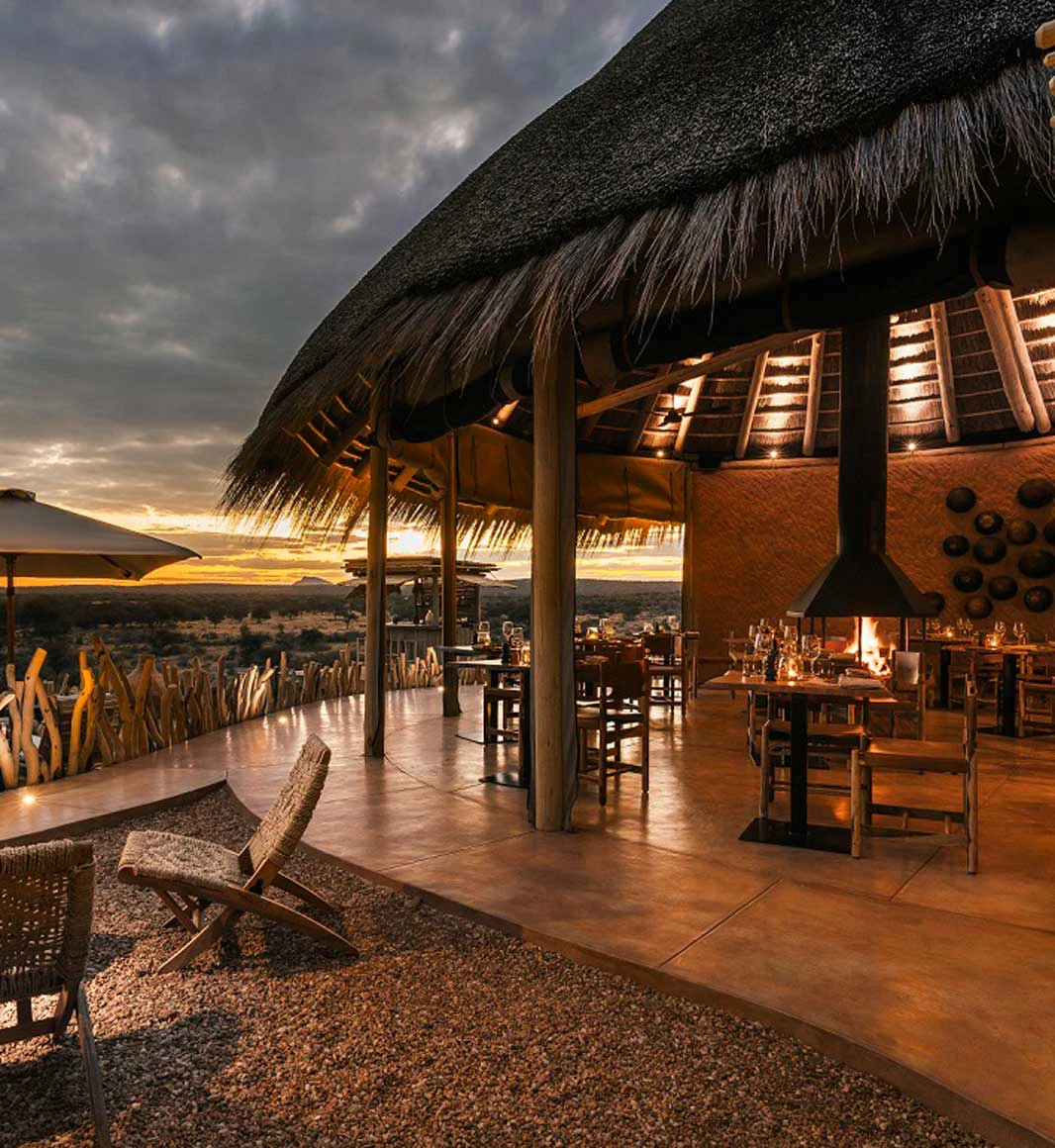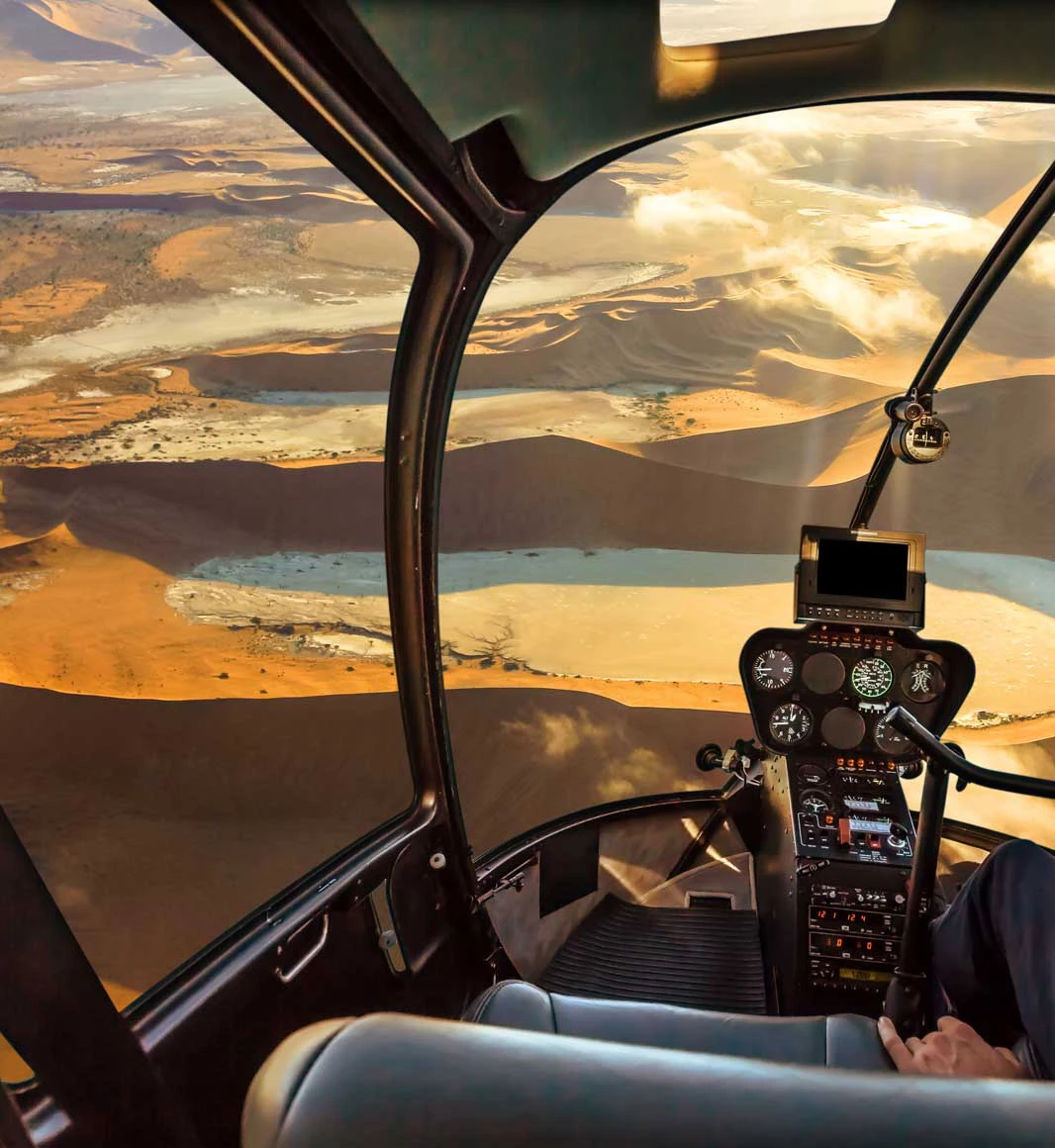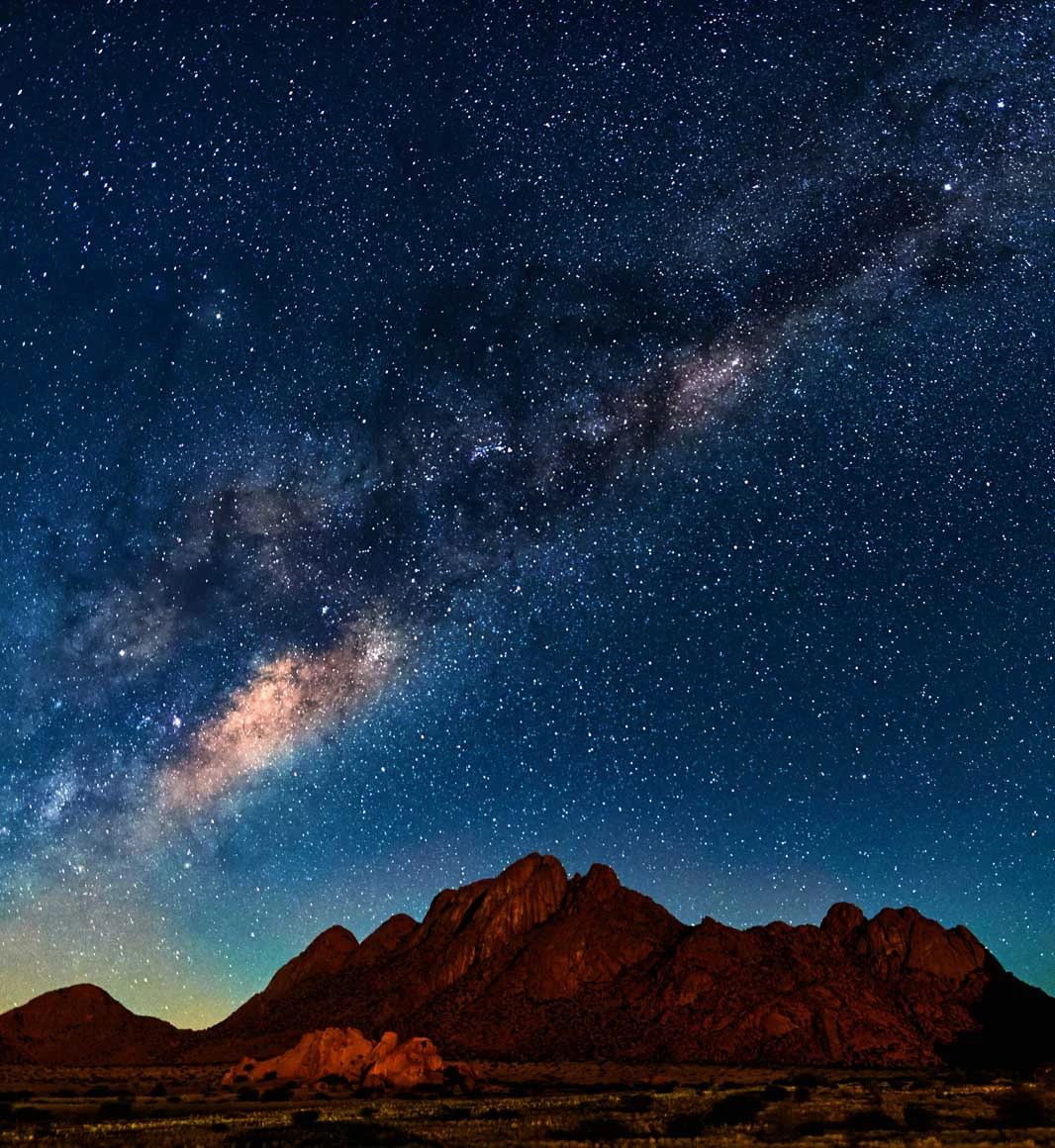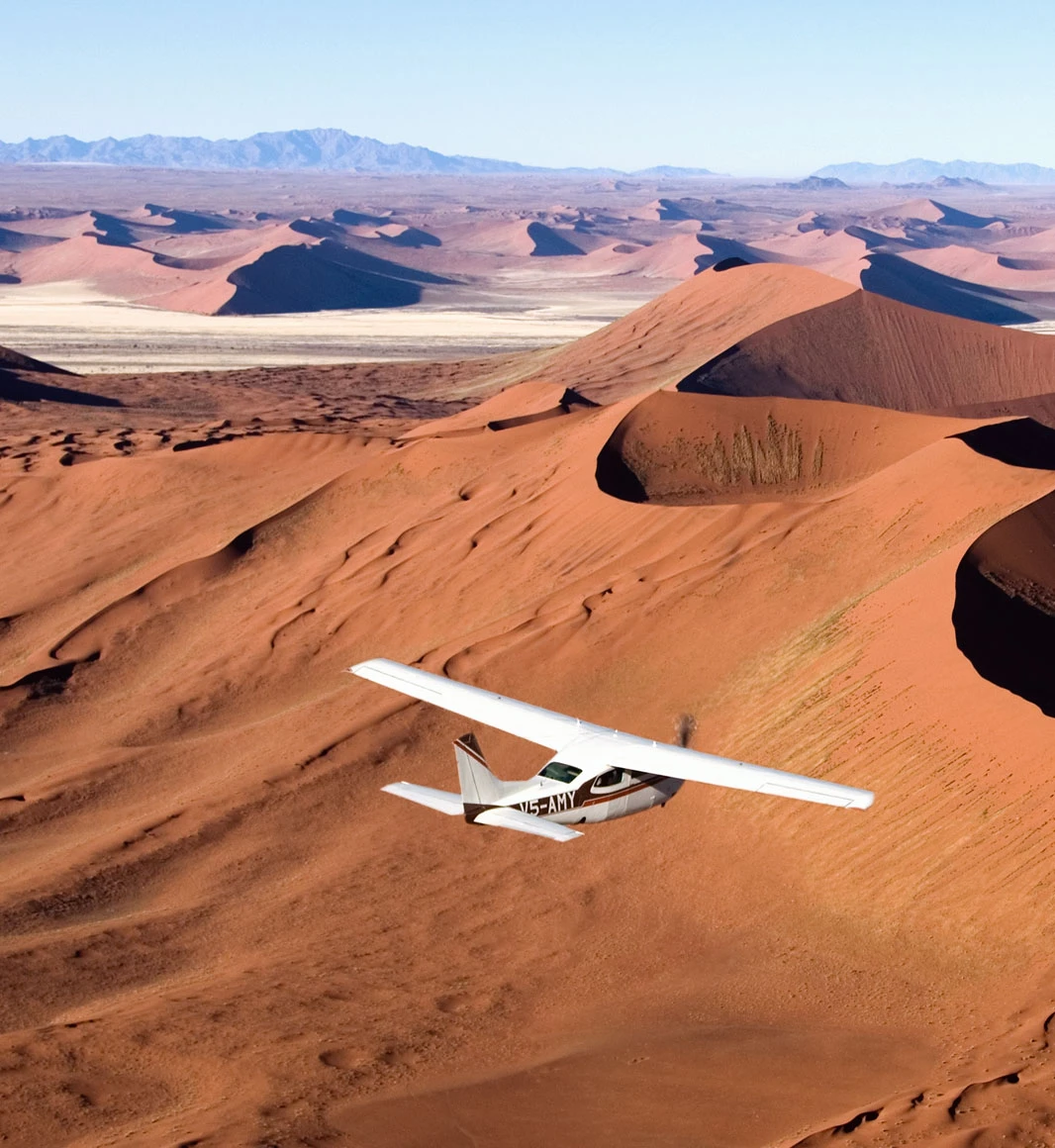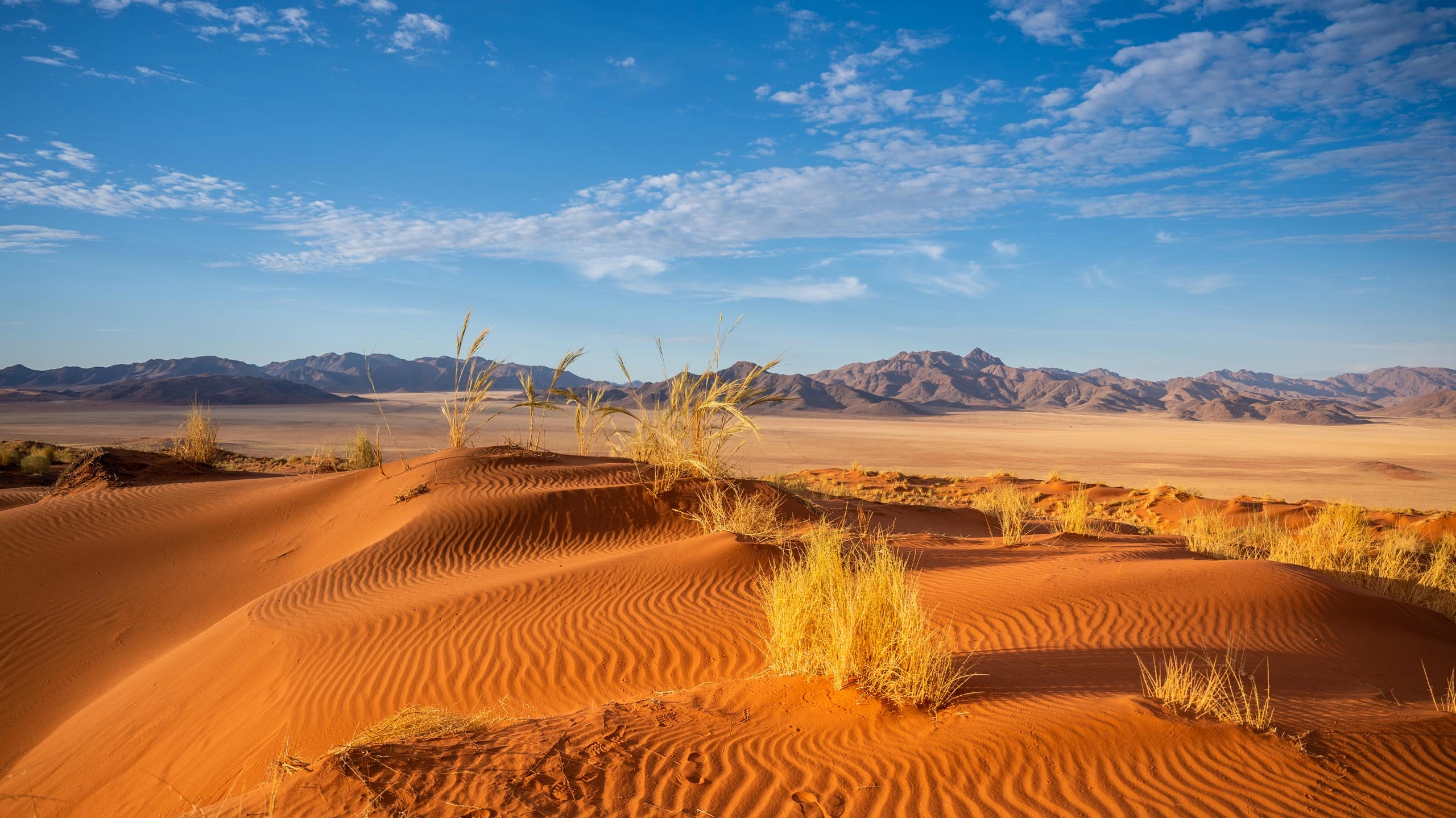Bespoke Namibia Journeys
If you’re looking for peaceful solitude surrounded by endless horizons of breathtaking scenery, then Namibia is the destination you’ve been looking for.
From discovering the hauntingly beautiful Namib Desert along the western coastline to the eastern Kalahari savannah plains and the vast Etosha National Park, there is a range of natural wonders to explore here. Namibia is one of the least densely populated countries in the world, with ever-changing landscapes that provide a magnificent backdrop to the adventures you can take across this often overlooked yet utterly beguiling African destination.
Ready to take the road less travelled?
Given that it was fairly recently in 1990 that the country gained its independence, the people of this nation are continuing to build a national identity, combining the wonderfully rich cultural traditions of at least eleven tribal groups, the largest of which is the Owambo people. Around sixty per cent of the Namibian population resides in the north, whilst the coastal and southern areas are sparsely populated.
Highlights of a Namibia luxury holiday
"Namibia is full of extraordinary wildlife, from the world's largest population of wild cheetah to the incredibly rare desert elephant."
Owing to the diversity of the terrain across the country, each region has a wealth of landscapes to explore. You’ll find gushing rivers and lush wetlands in the northeast Zambezi Region, the world’s largest underwater lake in the eastern Otjozondjupa Region, and the highest red dunes on the planet in the midwestern Sossusvlei area. Namibia is full of extraordinary wildlife, from the world’s largest population of wild cheetah to the incredibly rare desert elephant found on the plains of Damaraland.
With a wealth of options available, at Explorations we can create a highly tailored itinerary that combines everything you’re looking to experience whilst ensuring the finest hospitality that Namibia has to offer. Soar over the mist-enshrouded Skeleton Coast during an exhilarating world-class flying safari with the Schoeman family, leading aerial and guiding experts based in the region. Experience one of nature’s greatest shows on earth whilst stargazing in Namibia’s Dark Skies Reserve with expert astronomers, and retreat to the luxurious &Beyond Sossusvlei Desert Lodge.
If you’re keen to see the country’s diverse wildlife, head to the mid-north of Namibia to visit rescued cheetahs at Okonjima Nature Reserve, and the headquarters of the AfriCat Foundation that protects endangered species including the brown hyena, leopard, and pangolin. Alternatively, spend three days with leading elephant researchers at a luxurious eco-friendly camp in Okahirongo, located in the highly remote Purros Conservancy in Kaokoland. Another exceptional location for wildlife is the Zambezi Region/Caprivi Strip of Bwabwata National Park. Here you’ll experience Africa in the raw where wildlife roams across 500 kilometres of diverse lands in a region largely undiscovered by tourists.
For the adventurous, head to the Kaokoveld region to experience wild camping, or take a walking trip to the largest canyon in Africa. Canter for miles across the undulating canyons of the oldest desert in the world during a riding safari through the Namib desert. Take a scenic hot air balloon ride to watch the blood-red dunes and lime-green grasses transform beneath you as the golden sun rises before a champagne breakfast is set up for your arrival.
For a greater understanding of Namibia’s fascinating tribal heritage, experience cultural exchanges with the last indigenous Ju/’hoansi people in the Khaudum National Park who have the oldest DNA in the world. Learn incredible stories and insights into how people have survived in the wilds of Africa, whilst developing a deeper understanding of their relationship with the landscape.
Wherever you choose to explore within Namibia, the sunny conditions are consistent throughout the year and we can advise the optimum time to travel based on your preferred itinerary and activities. From the endless velvet midnight skies to the rare desert animals and exhilarating cultural experiences across these remote ancient landscapes, this otherworldly country will dazzle you with epic encounters across the natural world.
Ready to take the road less travelled?
Unique Namibia Experiences
Explore a selection of unique, bespoke experiences ready for you on your journey through Namibia.
Ready to take the road less travelled?
